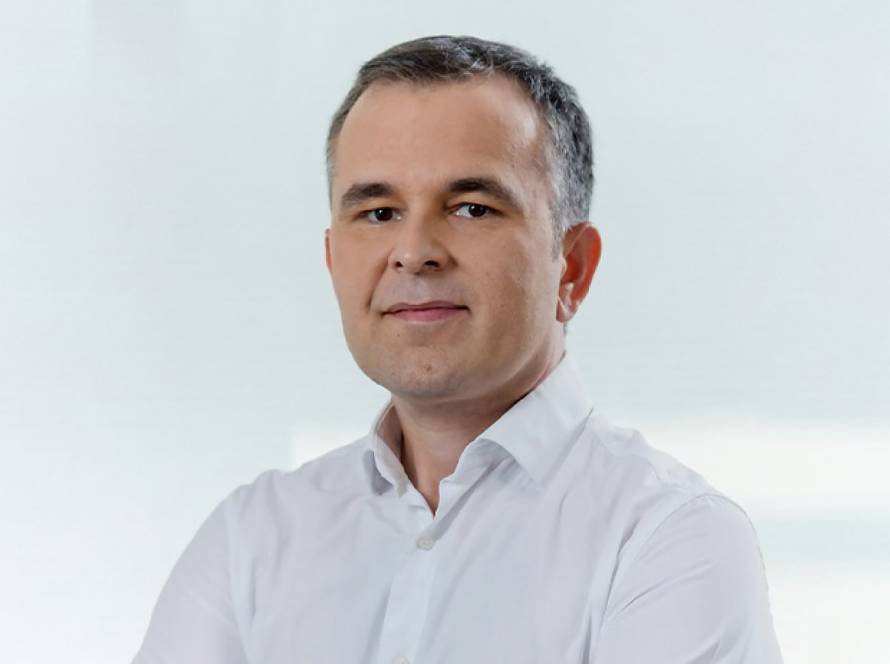Decades of experience at the regional level, coupled with cooperation with clients from all industries, has provided agency Direct Media with a secure start. The transparency of the processes behind the methodology that forms the basis of the strategy this agency creates is the foundation upon which it establishes successful communication.
Direct Media’s Aleksandra Sekulić reveals how the speed of change in the communications sphere dictates the speed of the agencies that deal with that change, emphasising that only well-prepared professionals will be able to recognise those changes before they become mainstream.
Cord: As excellent connoisseurs of the local market, but also global trends, Direct Media has spent the past two decades creating campaigns tailored to each individual client. Does the credit for that belong to your holistic, comprehensive approach to every project?
Aleksandra Sekulić: Observing the bigger picture, not only the media picture, but also the economic-political one, while following trends and harmonising with them, are all part of a holistic approach, which is indeed important, but not the only step.
Starting after everything else is the “if” process, in which the potentials are tested, and the direction in which we develop the client’s strategic communication approach only becomes clearly defined when we reach the bigger picture and that “if” becomes “is”. The team of dedicated professionals, and the partnership we build with all our clients, definitely contribute to this.
Cord: Modern communications with a realistic understanding of the effectiveness of both offline and online advertising are Direct Media’s strategic direction. How difficult is it to strike a balance and find the right measure in that?
Aleksandra Sekulić: It is first and foremost necessary to precisely define offline and online media. Television is no longer merely a medium for the placement of various programmes, but rather also platforms. Mobile phones have become devices through which TV content is fully available, for example via the EON platform. Radio has adapted to the digital environment, while outdoor advertising is being rapidly digitalised.
These changes primarily relate to ATL media. Not to disregard the fact that BTL activities have moved into the digital sphere over the last three years and that retail is a special medium, with ever more channels to present communication that supports not only sales, but also brand image. When we establish things in this way, it becomes clear that modern communications are fluid and that we cannot place them in limited frames.
Cord: You are the first agency to have conducted research for Generation Z and Millennials. To what extent did that ease the creating of campaigns for clients and the designing of messages that more quickly and easily reach target groups?
Aleksandra Sekulić: It was more than ten years ago that we posed ourselves the question of whether we are ready for the coming generation. This prompted us to developed a series of in-house tools that enable us to monitor generational trends across various industries. It was shown that Generation Z expects a brand to have a purpose, for them to share similar values with the brand and to jointly make a difference when it comes to the value system. Transparency and authenticity are essential for a brand to gain their trust. Sharing opinions, comments and reviews are part of their personal engagement with a brand that they feel close to. The lack of attention, on the other hand, has led to a transformation in communication, to – cut the story short and be done with it.
And, finally, it is no longer demographics that define the target group, but rather the communities of interest to which they belong. There is a really thin line between likes/slaps (the real thing) and cringe.
We are currently preparing new research that will relate to the so-called “tribal” differences that exist within the scope of generational groups. Striving for authenticity dominates not only among Gen-Z, but also in the generation that comes after them (Gen Alpha). We’ll see where this research will take us.

